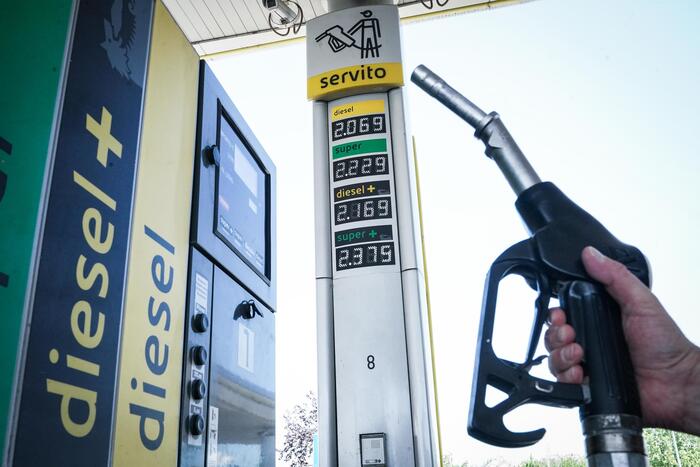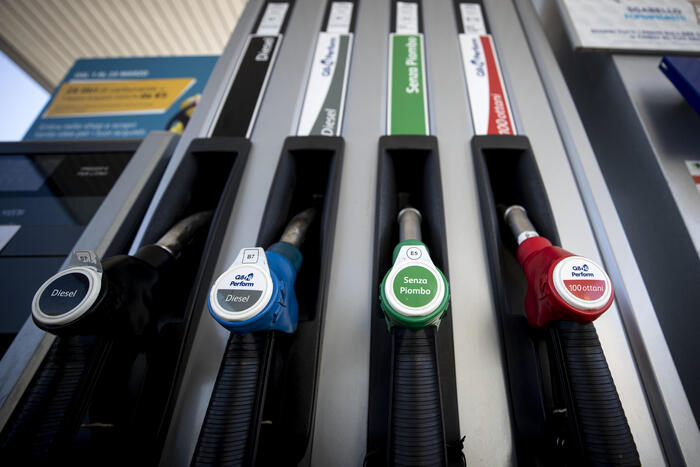Enlarge image
Negative loop: Wildfires like this one in California tie down the atmosphere's self-cleansing powers, increasing global warming that fuels more wildfires
Photo: David McNew/Getty Images
Methane is considered a particularly climate-damaging greenhouse gas.
Over a 20-year period, methane (CH4) contributes more than 80 times more to global warming than the same amount of carbon dioxide (CO₂).
So far, global climate protection has focused primarily on CO₂, because methane is emitted in smaller quantities and, above all, does not last that long in the atmosphere.
But a new study from Singapore's Nanyang Technological University shattered that certainty.
The study, published in the journal Nature Communications and also reported by the Guardian, provides an explanation as to why the concentration of methane in the atmosphere is increasing at an accelerated rate.
The corona pandemic did not bring a pause, on the contrary: in 2020 the value rose by 15 particles of methane per billion particles of atmosphere (parts per billion, ppb), more than ever since measurements began.
And in 2021, methane growth picked up even more at 18 ppb.
Overall, concentrations rose above 1900 ppb for the first time, almost triple the pre-industrial level.
Man-made sources such as oil and gas production, factory farming, coal mines or landfills are responsible for the majority of methane emissions.
However, as the Singapore researchers Chin-Hsien Cheng and Simon Redfern describe it, the forces of nature have a much stronger effect on the amount of circulating methane – but ultimately negatively.
You write of "feedback loops" with global warming: It is already known that rising temperatures, for example, thaw the permafrost in polar regions, which allows more methane to escape from the swamps and moors there.
There is also another loop: the atmosphere loses its ability to break down the existing methane again.
An oxidizing agent called a hydroxyl radical (•OH) is required for this.
"The hydroxyl radical is called the atmosphere's detergent because it cleans the atmosphere of harmful gases," researcher Redfern told the Guardian.
•OH, however, reacts with carbon monoxide, which is increasingly released from forest fires, for example.
Figuratively speaking: the cleaning staff are too busy to wipe up the methane as well.
According to the study, falling water surface temperatures in the tropics also play a role in the fact that not enough of these radicals are formed in the first place.
The consequence of the combined effects is that methane remains in the atmosphere longer than before due to climate change.
Redfern and Cheng estimate that global warming is affecting methane concentrations four times more than previously known.
"It was a really shocking result," Redfern told the Guardian.
It follows that the climate crisis is even more dangerous and extreme than expected.
a.k












